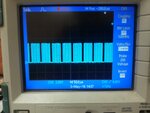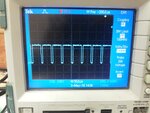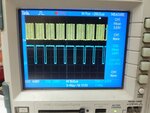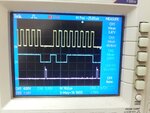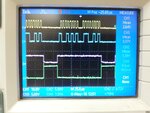BryanF
Newbie level 6

I'm new to PIC18F25K22 programming. I want to know how to write C program for SPI interfacing of two PIC18F25K22.
I want to start by using master controller to blink the LED's of the slave.
Please guide me.
I want to start by using master controller to blink the LED's of the slave.
Please guide me.




